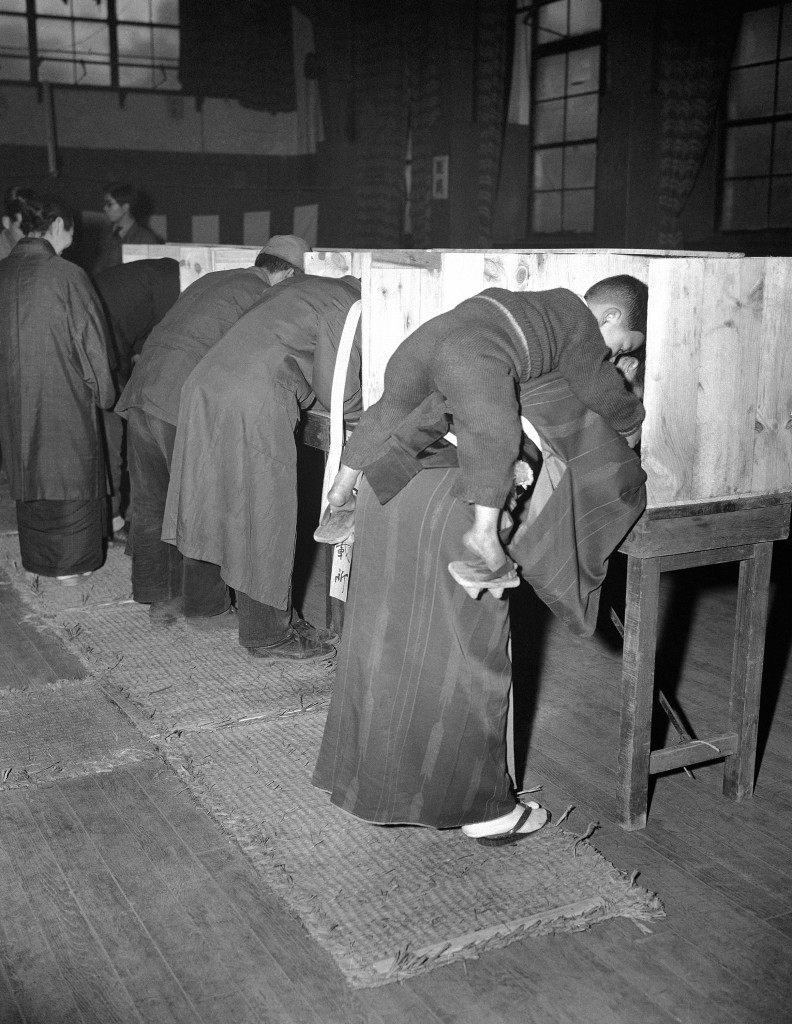The first Yokomizo I read was The Honjin Murders, but of-course I can’t remember a word of it.
An aside, but this memory loss is why I write these blogs, so that I remember what I have read. Things would certainly come rushing back if I were to skim the pages of the book I have back home. However, having just returned from a long break at home, this is now a distant dream for at least half of this year.
Infact I bought this book, “The devil’s flute murders”, because I was dreading a 15-hour journey back from home. (Ah memories, how I dreaded the journey and yet how fondly I look back at it as we do to all things past!). And because I could not remember the Honjin Murders at all, I paid extra attention to the opening pages of this book. This is a treat, I thought to myself, because Yokomizo starts immediately by being incredibly dramatic. It is like sitting at a traditional theatre performance somewhere, the lights dim and the author comes up on stage…”The events I am about to describe are filled with such darkness and sadness, so cursed and hate-filled, that not a word I write can possibly offer the faintest glimmer of hope or relief“. A few breaths later “this case in particular is so foul” that the author fears the “unrelenting darkness, twisted human relationships and bottomless hatred and resentment might discomfit readers” (!!!!)
Dear me! I love writers who get so excited about what they are about to present, and with a Conan Doylesque (?) trepidation, the fear that the reader’s innocent and morally pristine emotions will get turbo-charged and disturbed. Unaware that this reader is from the 21st century and quite literally eats crime for dinner! This reader does love the setting of the scene and can only say “wah! bahut khoob!“
And so, we present…
Yokimozo’s famous little detective Kosuke Kindaichi, an inheritor-cum-contemporary of the Holmes, Byomkesh Bakshi, Hercule Poirot line of uniquely eccentric detectives who may not exist in real life but who have captured such an important part of our literary spaces.
These little detectives (or the tall ones striding moors in deer caps) are not crime solvers as they are little encapsulations of the times that they lived in. The mystery they solve is often easy enough to guess ~ just choose the most outrageous plot of course! What draws me instead to these detectives I think are the little set pieces they occupy, despite the caricatures of the times they are based in.

And his times…
of post-war Japan, Kindaichi is in this book set to solve a series of locked-room and some more gruesome murders connected to an old aristocratic family. The little about this family, the privileges they lost or gambled away, the face-saving, the old burned out estates they still owned, their arrogance and what the other classes said about them….yes, that is what I liked about this book.
This is what I like about these books. Even to learn of the post-war destruction was somewhat new for me. This is apart from the atomic bombings,- this is the destruction of an old order that we only see from the western theatre of the war. What is it they say, that history is written and seen through the eyes of the conqueror and the coloniser? So yes, even the post-war black & white are more about Germany than their Asian allies.
Ah well, I digress now from the book which at some point, like a seance begins to point an accusatory finger towards a certain direction. What remains of course always is the denouement- do tell Kindaichi just how this did this statue get there or why was the nun…
Do tell, dear author, how will you pull off the last veils of the villain who stands there in the corner? What theatrical devices will you use to cue that moment? Scraping violins, dimming lights, a halo of light constricting closer and closer to the one and only…!
The end.


One thought on “Seishi Yokomizo- The devil’s flute murders”